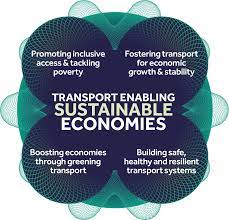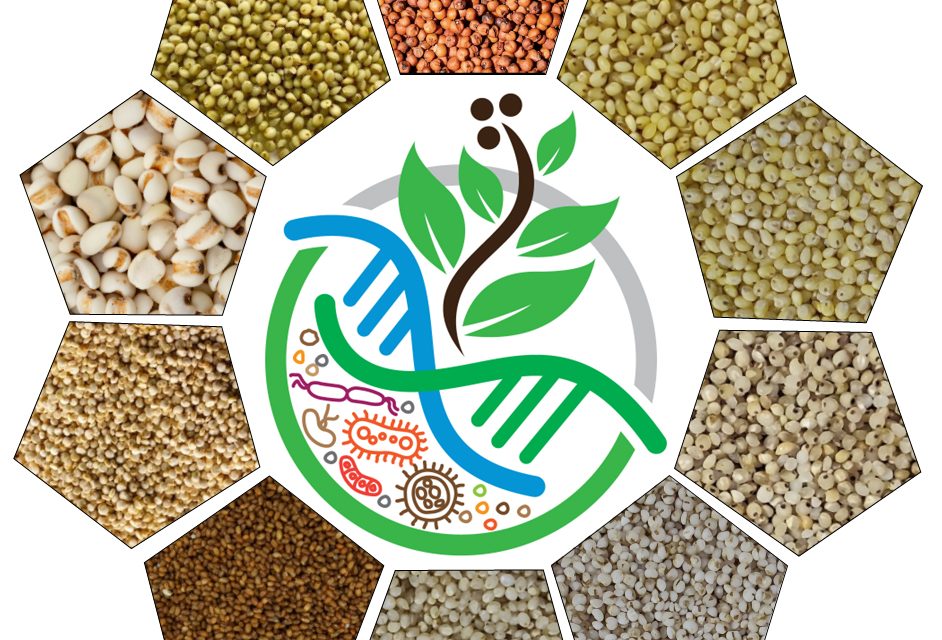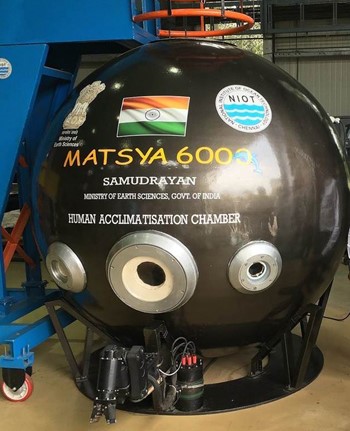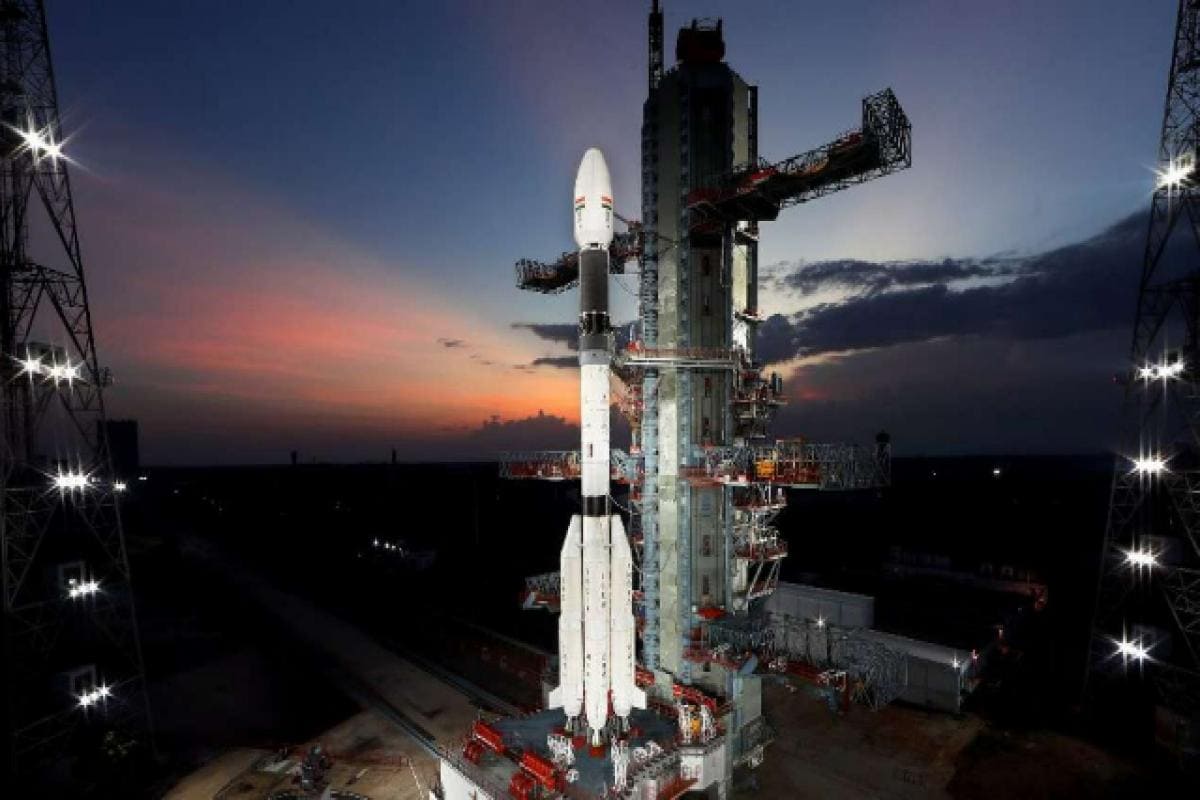DECARBONISING TRANSPORT 2023
Why in News:
NITI Aayog recently released the “Towards Decarbonising Transport 2023: A Stocktake on Sectoral Ambition in G20” report.
Important Points:
NITI Aayog released the “Towards Decarbonising Transport 2023″ report to support global discussions on sustainable transport during India’s G20 presidency.
What is Decarbonising Transport?:
- Decarbonising Transport refers to the process of reducing or eliminating carbon dioxide (CO2) and other greenhouse gas emissions from the transportation sector.
- According to the World Economic Forum, transport accounts for 21% of global carbon emissions and could grow to a third by 2050 if nothing is done.
- As of 2021, the transport sector in India contributes to around 14-15% of the country’s total greenhouse gas emissions. Within the transport sector, road transport contributes to more than 90% of the total CO2 emissions.
- Since 2018, nations around the world have significantly ramped up their commitments to reducing greenhouse gas emissions.
- At the COP26 in 2021, over 100 national governments, states, cities, and major corporations signed the Glasgow Declaration, which pledges to accelerate the transition to 100% zero-emission cars and vans.
- The number of countries with net-zero pledges and transport-related NDC targets is rising.
Key Highlights of the Report:
- India has still no overall emissions or energy targets for the transport sector
- India’s transport-sector emissions could increase 65% by 2030 and 197% by 2050 (from 2020 levels)
- Contributors: Road > Rail transport
Recommendations of Report:
- Increasing the reliance on zero-carbon electricity for powering transport, such as installing more charging stations for electric vehicles and promoting the use of renewable energy in public transportation systems.
- Developing and investing in the production of power-to-X fuels, which are carbon-neutral alternatives for energy-dense fuels used in long-haul aviation and maritime shipping.
- Eliminating fossil-fuel subsidies that favour carbon-intensive transport modes, and redirecting resources towards sustainable alternatives, such as ending subsidies on gasoline prices and reallocating the funds to improve public transportation infrastructure and support EV adoption.
- Adopting the “avoid, shift, improve” strategy, which focuses on avoiding unnecessary trips, shifting to more sustainable modes of transport, and improving the energy efficiency of vehicles and transportation systems. For example, many companies are adopting remote work options for their employees.
India's Initiative:
- Adopting Bharat Stage VI Emission Standards
- The FAME II scheme, which provides subsidies and incentives for the adoption of electric vehicles (EVs) and the development of charging infrastructure.
- The Production Linked Incentive (PLI) scheme for Advanced Cell Chemistry (ACC) battery storage, which aims to boost the domestic manufacturing of high-performance batteries for EVs and other applications.
- The Indian Railways’ pledge to become a net-zero emitter by 2030, by electrifying its entire network, increasing the share of renewable energy, and improving energy efficiency.
- The encouragement of non-motorised transport, such as cycling and walking, by creating dedicated lanes, infrastructure, and policies.




.jpg)


.jpg)
.jpg)





